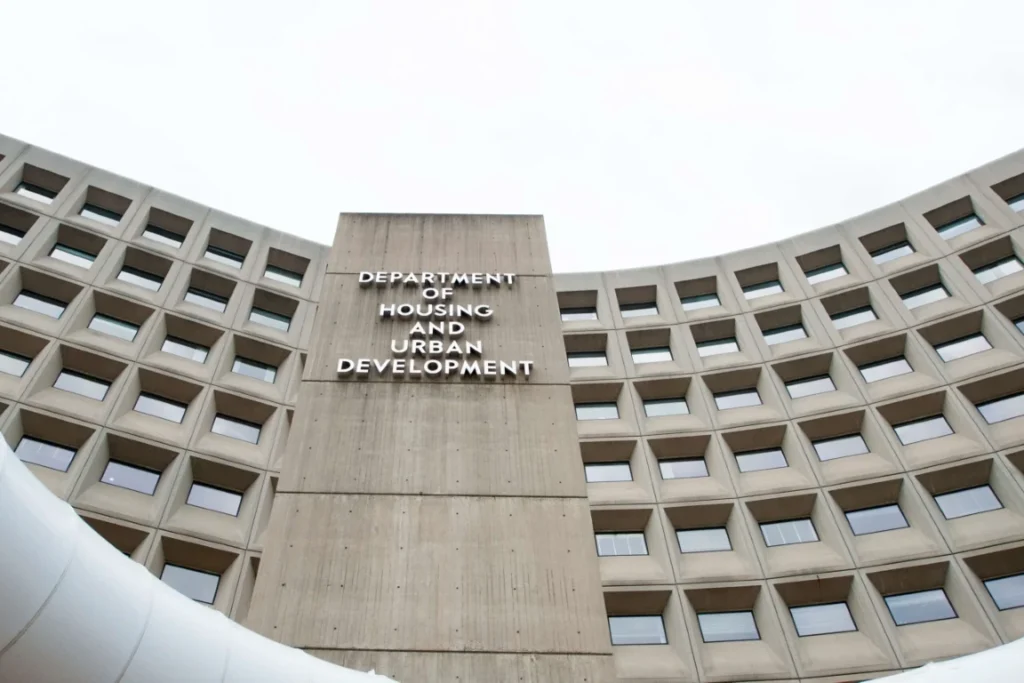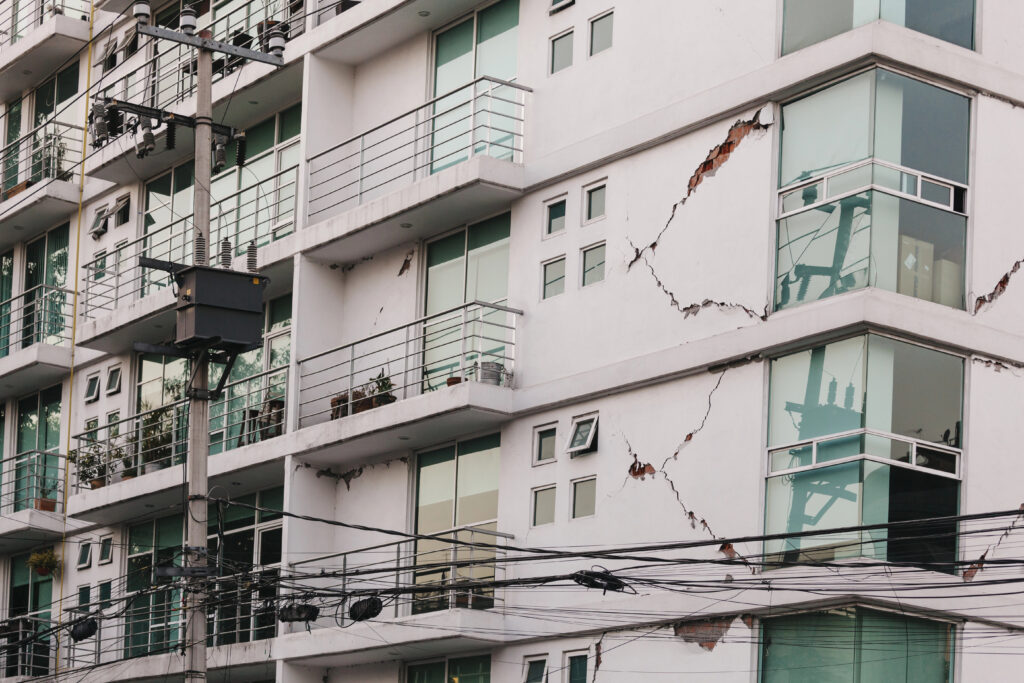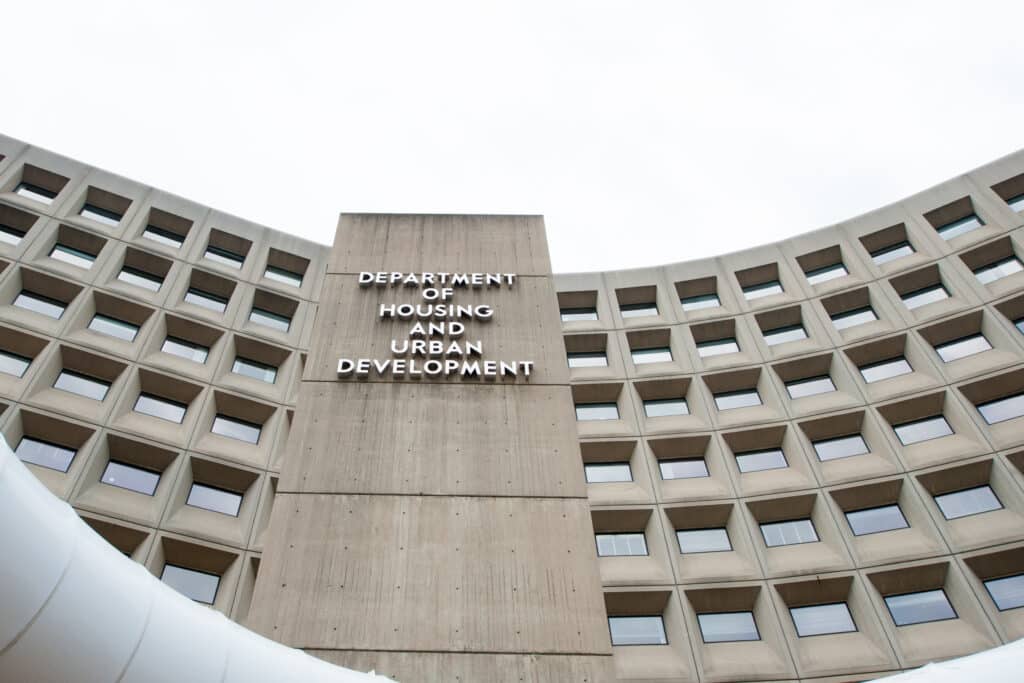
HUD housing is for fixed-income, low-income, and disadvantaged people that have trouble getting other housing. VIE therefore takes its job seriously and carefully evaluates seismic risk to these buildings and develops recommendations to improve the seismic safety of these buildings without disrupting the occupancy, as these are usually fully occupied with a long waiting list to get in.
HUD housing is important to people that need it. When we review it, we find ways to ensure that it’s safe. When things need to be improved, we find a way to do this in the best way possible for all parties involved.
How Seismic Activity Disproportionately Affects Disadvantaged Communities
Natural disasters have wide-ranging costs beyond property damage, such as negative impacts to social, physical, and economic well being, particularly for disadvantaged communities.
Federally assisted housing accounts for about 10% of rental housing in the United States. Previous natural disasters, such as Hurricane Katrina, suggest that those living in federally assisted housing are less likely to return to their pre-disaster home than individuals who are homeowners or market-rate renters. Research suggests that rental housing can suffer greater impacts from natural disasters than owner-occupied housing, particularly multifamily and duplex structures.

While federal assistance programs are in place to aid in the aftermath of large-scale disasters, vulnerable populations often don’t qualify for disaster loans, HUD funding can take years to reach those who need it, and more. Those with lower incomes may be pushed into homelessness or debt and financial insecurity, and are thus at significant risk of permanent displacement and financial hardship.
This results in disparate recovery rates for the neediest households. Challenges begin before disaster even strikes, with a lack of education on resources available, receiving adequate support, and whether or not housing is up-to-code for current seismic standards. As such, it is imperative that these communities be given as much assistance as possible – which includes housing that is up to current seismic code.
Improving Seismic Safety Of HUD Housing
Natural hazards pose a significant threat to HUD housing. More than 30% of federally assisted housing units are at relatively high risk from natural disasters across the country. Built environments need the ability to withstand the impacts of earthquakes and natural hazards in order to mitigate loss of life and property and negative effects to the economy.
Governments from federal to state levels play critical roles in disaster recovery and protecting communities against future losses. Seismic risk assessments and seismic retrofits to meet building codes are one such way to support community resilience. Seismically resilient housing helps to mitigate the disruption from natural disasters as much as possible.

Seismic risk assessments are used in order to understand and manage seismic risks, such as site and building stability and damageability of building contents. Retrofitting when necessary, such as by reinforcing walls and supports, mitigates damage from ground movement, thus enhancing protection for those who live in these structures.
Seismic risk assessments can take different forms according to client needs. Depending on the risks, some assessments may require more detailed studies than others. Financing can be a challenge in advancing seismic retrofits, but hazard mitigation grants, as from FEMA, incentivize property owners to take appropriate action.
Keeping People Safer With Seismic Risk Assessments From VIE
As those who use HUD housing are disadvantaged, it is especially important to ensure that seismic reviews can be completed with minimal disruption to the occupants. Those in federally-assisted housing are some of the most vulnerable people with the fewest resources, with the least ability to prepare for disaster and recovery. Improving seismic safety is crucial for all in seismically hazardous areas, as HUD housing often is.
VIE is mindful of client needs. VIE has performed seismic assessment reports and probable maximum loss studies for hundreds of buildings in the Western United States. The experienced engineers at VIE use customized assessment methods for evaluations that conform to HUD requirements and project-specific criteria.
To learn more about what VIE Engineers can do for you or about any of our previous projects, contact us today. We take pride in making structures safer for all types of clients, from those involved in HUD housing to government entities, financial institutions, and more.



